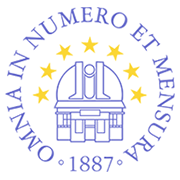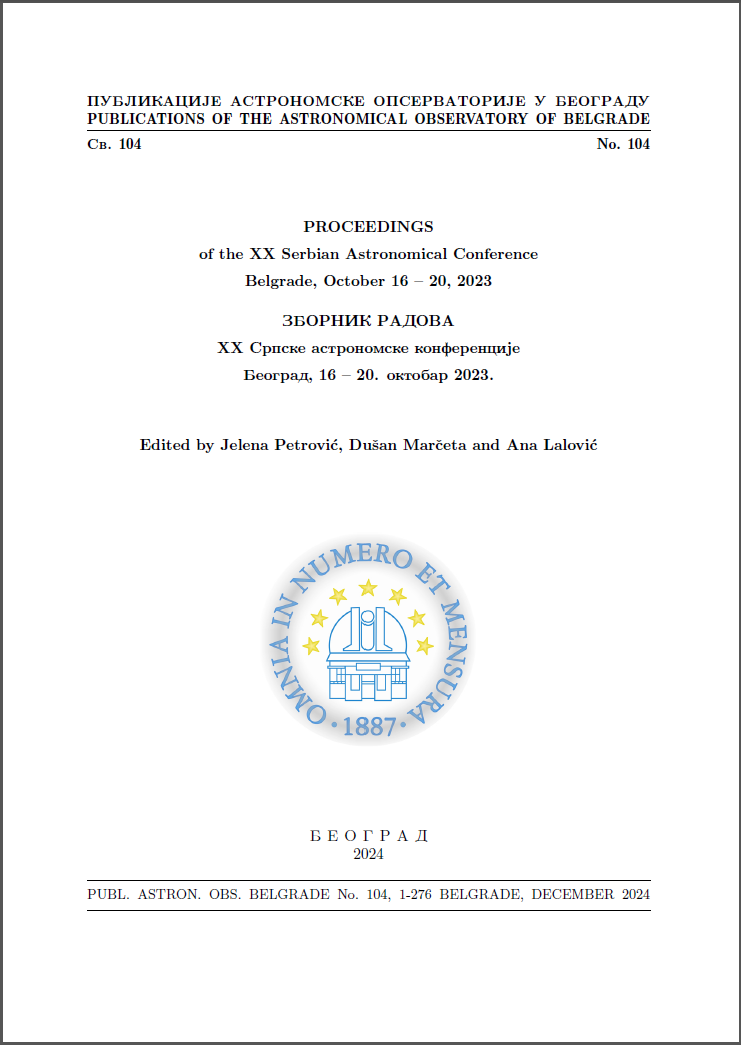THE INFLUENCE OF INTERACTIONS OF DISTANT GALAXIES ON THEIR NON-THERMAL RADIO EMISSION
Marina Pavlović, Tijana Prodanović.
Publication
PUBLICATIONS OF THE ASTRONOMICAL OBSERVATORY OF BELGRADE104, Page 175-180, https://doi.org/10.69646/aob104p175
PROCEEDINGS of the XX Serbian Astronomical Conference, Belgrade, October 16 - 20, 2023, Edited by Jelena Petrović, Dušan Marčeta and Ana Lalović
Published by: Astronomical Observatory, Volgina 7, 11060 Belgrade 38, Serbia
Published: 15. 12. 2024.
Abstract
Abstract. It has been established that a strong linear correlation exists between the thermal far-infrared (FIR) and non-thermal radio emissions of star-forming galaxies. Recent research on this correlation at high redshifts has revealed that it is evolving as redshifts increase. This paper explores potential physical factors contributing to this correlation’s evolution, with one likely explanation being galaxy interactions. To investigate this hypothesis, a sample of dusty star-forming galaxies from the COSMOS field, up to a redshift of z = 3.5, was carefully selected. The sample was divided into two subsets based on morphological types: disk and irregular galaxies. Here we use galactic morphology as an indicator of past or ongoing interactions, as irregular galaxy shapes are often the result of collisions or close encounters. The evolution of the correlation with redshift was analyzed separately for each subset. This study lack of indication of redshift evolution in the FIR-radio correlation for both disk and irregular galaxy subsets. However, the analysis did reveal a hint that irregular galaxies exhibited a lower mean correlation parameter, qFIR, suggesting that they might influence the correlation's evolution if their prevalence in the sample increases at higher redshifts.




